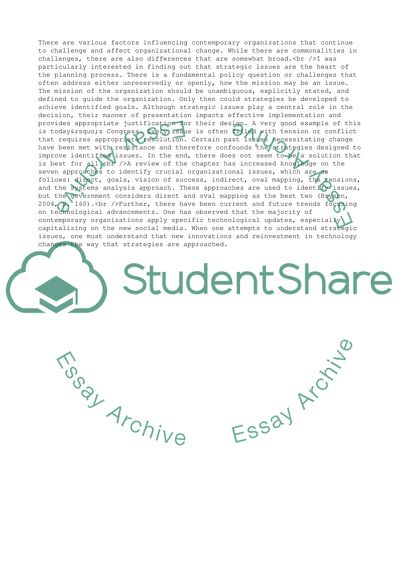Cite this document
(Reflective Journal No. 2 Personal Statement Example | Topics and Well Written Essays - 1750 words, n.d.)
Reflective Journal No. 2 Personal Statement Example | Topics and Well Written Essays - 1750 words. https://studentshare.org/management/1760234-reflective-journal-no-2
Reflective Journal No. 2 Personal Statement Example | Topics and Well Written Essays - 1750 words. https://studentshare.org/management/1760234-reflective-journal-no-2
(Reflective Journal No. 2 Personal Statement Example | Topics and Well Written Essays - 1750 Words)
Reflective Journal No. 2 Personal Statement Example | Topics and Well Written Essays - 1750 Words. https://studentshare.org/management/1760234-reflective-journal-no-2.
Reflective Journal No. 2 Personal Statement Example | Topics and Well Written Essays - 1750 Words. https://studentshare.org/management/1760234-reflective-journal-no-2.
“Reflective Journal No. 2 Personal Statement Example | Topics and Well Written Essays - 1750 Words”. https://studentshare.org/management/1760234-reflective-journal-no-2.


